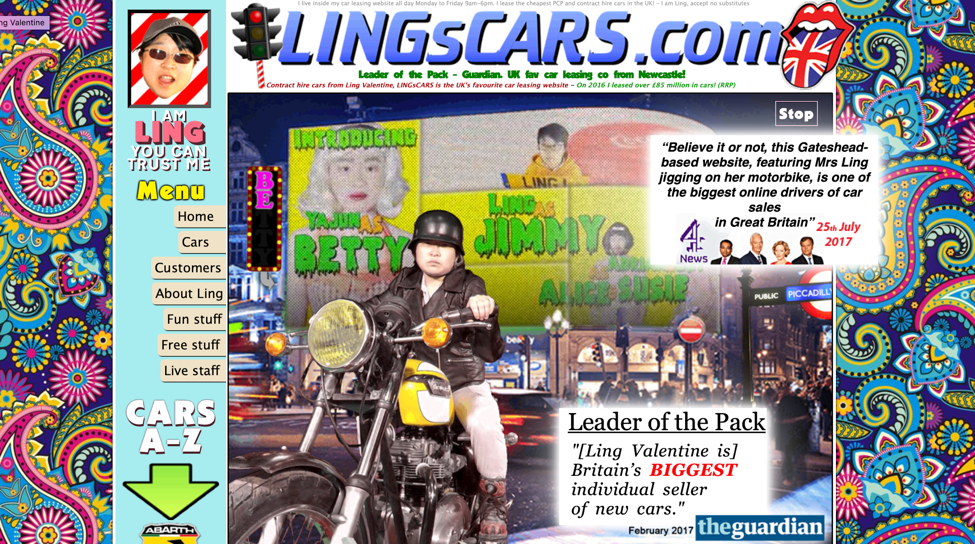1. Don’t Do Too Much
I’m not saying that every site needs to be an example of perfect Nordic Minimalism, but less is usually more with web design.

A good interface directs users towards your call to action. The more visual elements you put on your page, the more things you have distracting them from doing what you want, and the harder it becomes for users to find what you need them to find. It also makes it harder to:
2. Optimize for Different Devices
2017 was the year where mobile devices officially overtook desktop at the main way users access the internet, but a lot of web developers are acting like it never happened. This is especially important in eCommerce: users shopping on their phones tend to be impulse buyers, and impulse buyers are very easy to drive away. If the shop is hard to access on their device, they’re just going to go somewhere else. There’s a number of handy mobile optimization guides out there if you want more detail.
3. Think More About SEO
Search Engine Optimization is the brussel sprouts of online stores: very few people love doing it, but it’s necessary if you want to grow big and strong. Here are some critical SEO considerations:
- Make sure you’re developing a backlink strategy
- Popups should be discreet and easily-closed: Google punishes ‘intrusive interstitials’, which means, in simple English, annoying popups.
- Slow load times will get you penalized by Google, particularly on mobile. Tying in with the earlier point about simplicity: a site with more stuff loads more slowly, which hurts your ranking.
- HTML should include ample metadata, and make strategic use of H1 tags.
For further reading, check out reputable SEO sites like Moz or Backlinko.
4. Use the Right eCommerce Solution
Different storefronts work differently, and it’s important to find the one that’s the right fit for you. It’s not really a case of which is the best, it’s a case of figuring out which one best suits your particular business needs. There’s some great eCommerce storefront analysis out there if you want to go deeper into this issue.
5. Don’t Bury Your Contact Information
If you’re hard to reach, you’re losing conversions. Even if your contact page isn’t part of your call to action, a significant number of users will be looking for a way to get in touch, and not having one readily available will frustrate them and drive them away. This ties in with points 3 and 5—they’re all points about UX in their own way. You’ve probably had half your team shouting UX matters! at you for years now, but they’re right, and this sort of point is exactly why.
If you’ve enjoyed reading this article, you might want to check out the top javascript frameworks of 2019. It’s important to choose the right framework for your project, and choose the one that is both current and has plenty of support behind it.









